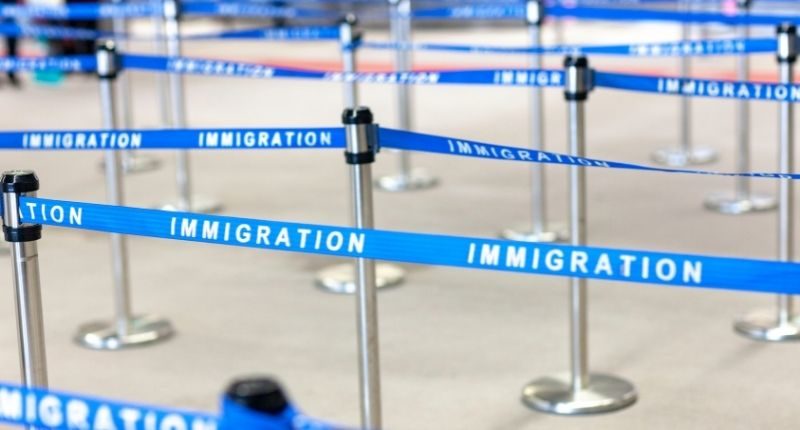- Return of overseas migration is still expected to be slow
- 64% of arrivals have been short-term visitors
- Comes as South East Queensland is witnessing strong demand
Since 21 February 2022, the Australian borders have been opened to double-vaccinated tourists and visa holders.
Along with being exempt from quarantining, concessions are being granted to skilled visa holders to allow them to star in Australia for longer.
Despite this, the return of overseas migration, and subsequent demand for housing, is expected to be slow for some time, data from CoreLogic suggests.
Many of the impacted markets have witnessed a recovery since the beginning of last year, with a decline in affordable rents and total listings.
Some migration data released by the ABS has shown a small but pivoted skilled migration to Queensland – which is recording strong interstate migration – and a faster than expected return of arrivals from Singapore.
Although arrivals in December 2021 were 10% of those recorded in December 2019, 64% were short-term arrivals – similar to pre-pandemic times.
In recent months, the rise in student visa entrants has fuelled demand in inner city precincts and areas close to academic hubs.

CoreLogic’s Eliza Owen noted that for those intending to Australia for at least 12 months, a range of factors can determine where they will live.
“These include employment opportunities, housing affordability, visa conditions, the location of friends or family, and the make-up of the community – whether there is an established community where large numbers of people from the same country already live,” said Ms Owen.
“Historic ABS data shows around 45% of overseas migrants settle across 10 SA4 regions each year, which are located across Melbourne and Sydney.
“The flow of people arriving from overseas is different to the flow of people moving internally in Australia, which is part of why housing market dynamics have looked a little different through a period of closed international borders.
“The biggest gains from internal migration are usually in the Gold Coast and the Sunshine Coast.”
Going forward, Ms Owen expects housing preferences for skilled migrants to change over time.
“It is interesting to note that the rise of popularity of regional Australia and South East Queensland domestically may eventually attract greater employment opportunities, business entries, and overseas migrants to these same locations,” she concluded.








